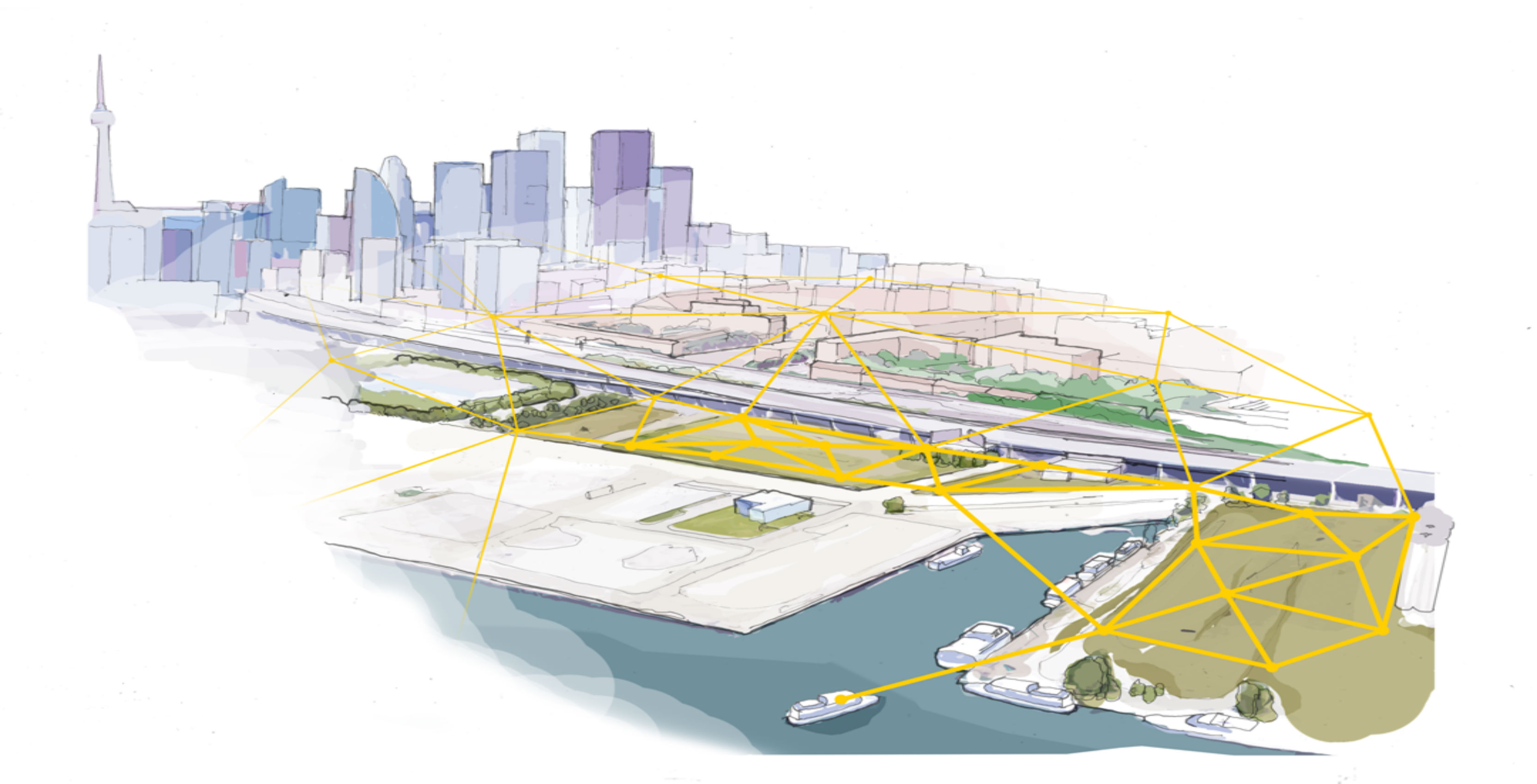
Google’s sister company Sidewalks Labs outlined its MIDP as reporters continued to question the project and its privacy concerns during a press conference held on June 24th,
The Master Innovation and Development Plan (MIDP) outlines Sidewalk Labs’ $1.3 billion plan for its smart city project in the Waterfront area of downtown Toronto.
The company’s CEO Dan Doctoroff confirmed that a significant number of the plans outlined in the proposal require approval from the three orders of government – federal, provincial and municipal.
He stated that it was important to have the data publically accessible, but that it was up to the government to adopt this.
Doctoroff reiterated that Sidewalk Labs aims to implement “unprecedented” privacy protection means.
He stated that Sidewalk Labs “will not sell personal information, we will not disclose personal information to third parties without explicit consent.”
Further, Doctoroff stated that the project will facilitate the “responsible data use policy that prioritizes public good” and will put forth an “unprecedented privacy regime,” but he didn’t expand on what that ‘regime’ would be.
The Alphabet-owned Google affiliate began working with Waterfront Toronto after it was solidified in October 2017. The Waterfront Toronto board of directors later approved a Plan Development Agreement (PDA) with Sidewalk Labs in July 2018.
As a result of the 58-page PDA, Sidewalk Labs said that it would invest approximately $40 million USD (roughly $52.87 million CAD) to develop the Master Innovation and Development Plan (MIDP).
Of that total figure, Sidewalk Labs set aside $2.6 million USD (approximately $3.52 million CAD) to examine legal, regulatory and policy issues, including data privacy and digital governance.
The MIDP and what it proposes
The over 1,500-page proposal focuses on five aspects that are meant to benefit Toronto. It hopes to lead to job creation and economic development, housing affordability, sustainability and climate-positive development, new mobility, and urban innovation.
Doctoroff described the plan as “highly responsive to urban issues.”
The MIDP “outlines a new vision for how cities can integrate physical and digital policy innovations,” according to Doctoroff.
Dubbed Quayside, the smart city project would be constructed on a 12-acre plot of land in the Waterfront area of Toronto and will be equipped with residential and commercial plots. The plan states that the development would lead to around 3,900 jobs, and could hold 4,200 residents at its full build.
An expansion of the project would see the implementation of the Villiers West development. This would house 1,700 residents and facilitate 7,400 jobs. The expansion of the project beyond the 12-acre plot is surely something that will come into discussion as the proposal progresses.
The overall plan is meant to lead to a 1.5 million square foot innovation campus and would see to the expansion of Google Canadian headquarters. Google might also be expanding its headquarters in Kitchener, Ontario.
The development is meant to be a “global hub for the urban innovation industry” according to the MIDP. Additionally, the plan also hopes to use roadways more efficiently and expand the light rail system. The space will also include community programming.
The plan also touches on the different environmentally friendly initiatives that will take place. For instance, the smart city aims to prioritize public transportation and cycling as opposed to using vehicles.
It outlines the different types of innovative measures that will take place in the smart city. For instance, traffic lights will prioritize pedestrians.
The MIDP said Sidewalk Labs could agree to 10 percent of profit sharing with the government for 10 years for certain technologies first developed in the space.
The proposal outlines that the total cost of the real estate projects at Quayside and Villiers West will total $3.9 billion.
Doctoroff mentioned that the projects would lead to an annual of $14.2 billion added to Canadian gross domestic product.
When prompted by reporters whether residents agree with the plan, he mentioned that there is “dramatic” support among Toronto residents for the plan.
The proposal aims for the project to be led by a public administrator to ensure public accountability.
However, a reporter pointed out that Waterfront Toronto did not agree to Sidewalk Labs as being the primary developer of the project. Doctoroff said that Sidewalk Labs would work out the relationship with Waterfront.
Doctoroff mentioned that Sidewalk Labs will work with the relevant governments to secure commitments for parts of the project, including the expansion of the light rail system.
The next step of the project is the MIDP public consultation.
Waterfront Toronto’s reaction to the MIDP
Waterfront Toronto has since acknowledged that it did not co-create the MIDP with Sidewalk Labs, and had concerns regarding it.
New: Waterfront Toronto chair Stephen Diamond has issued a public letter outlining several concerns about the Sidewalk Labs MIDP, including the Google sister company’s “premature” expansion plans beyond Quayside and regulatory changes that Waterfront is unwilling to commit to. pic.twitter.com/YqIg1S1sH9
— Sean Craig (@sdbcraig) June 24, 2019
Waterfront Toronto is concerned about the data collection, data use, and digital governance, and requires more information to determine whether they are in compliance with its principles.
Globe and Mail reporter, Josh O’Kane, outlined Waterfront Toronto’s concerns with the MIDP.
BREAKING: Sidewalk Labs wants to plan out, and implement technology on, a smart-city site more than ten times the size of Quayside. Waterfront Toronto isn’t particularly happy. Story imminent.
— Josh O’Kane (@joshokane) June 24, 2019
One of the other concerns is the fact that Sidewalk Labs proposed a development that exceeds beyond the 12-acres of land in Quayside. The statement also outlines that the expansion of public transportation is not a commitment that Waterfront Toronto can make.
MobileSyrup may earn a commission from purchases made via our links, which helps fund the journalism we provide free on our website. These links do not influence our editorial content. Support us here.


